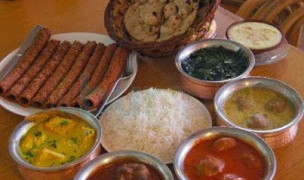 7 Terms
7 TermsHome > Industry/Domain > Manufacturing > Plastic injection molding
Plastic injection molding
Plastic injection molding is the primary process for manufacturing plastic parts used in consumer goods such as computer keyboards, monitors, bottle caps, cups and solid plastic articles. Plastic is known to be a very versatile and economical material that is used in many applications. Injection molding involves taking plastic in the form of pellets or granules and heating this material until a melt is obtained. Then the melt is forced into a split-die chamber/mold where it is allowed to "cool" into the desired shape. The mold is then opened and the part is ejected, at which time the cycle is repeated.
Industry: Manufacturing
Add a new termContributors in Plastic injection molding
Plastic injection molding
Striations
Manufacturing; Plastic injection molding
Marks evident on the molded-part surfaces that indicate melt flow directions or impingement.
Parting line
Manufacturing; Plastic injection molding
Mark on the part indicating where the two halves of the mould met in closing.
Flow leader
Manufacturing; Plastic injection molding
Local increase in thickness to encourage flow in a particular direction.
Thermoplastic
Manufacturing; Plastic injection molding
Material that will repeatedly soften when heated and harden when cooled.
Backflow
Manufacturing; Plastic injection molding
Molten resin flows back out of the mold, returning to the runners.
Stiffness
Manufacturing; Plastic injection molding
The capacity of a material to resist elastic displacement under stress.
Vertical flash ring
Manufacturing; Plastic injection molding
The clearance between the force plug and the vertical wall of the cavity in a positive or semi-positive mold. Also the ring of excess melt which escapes from the cavity into this clearance space.

